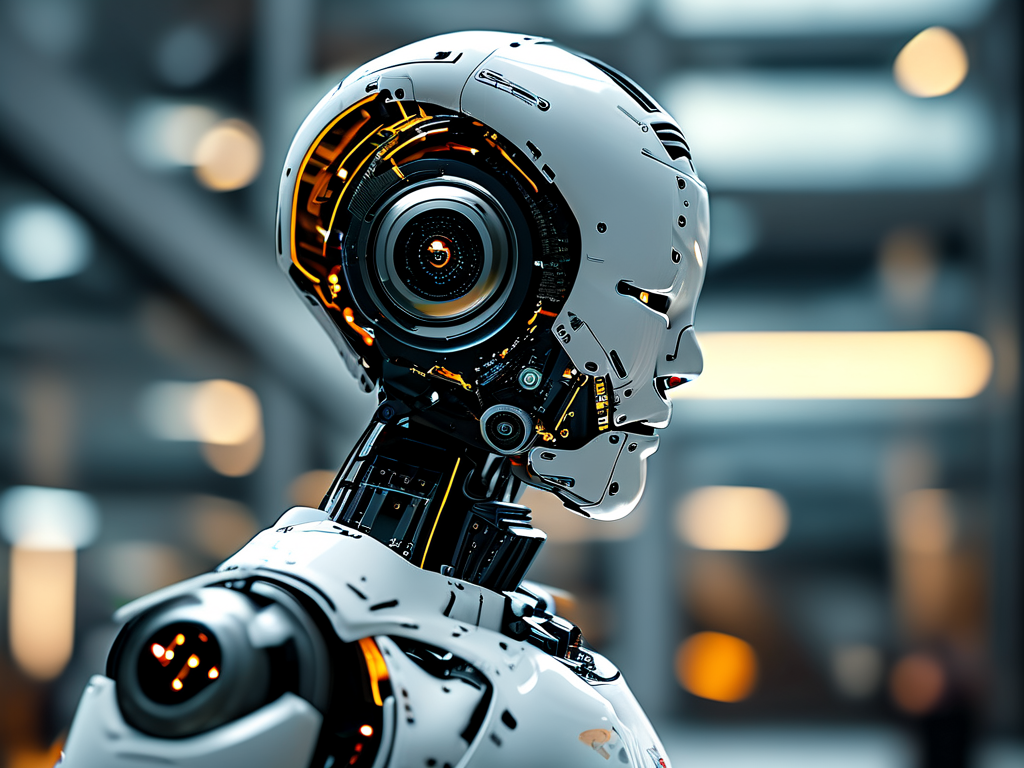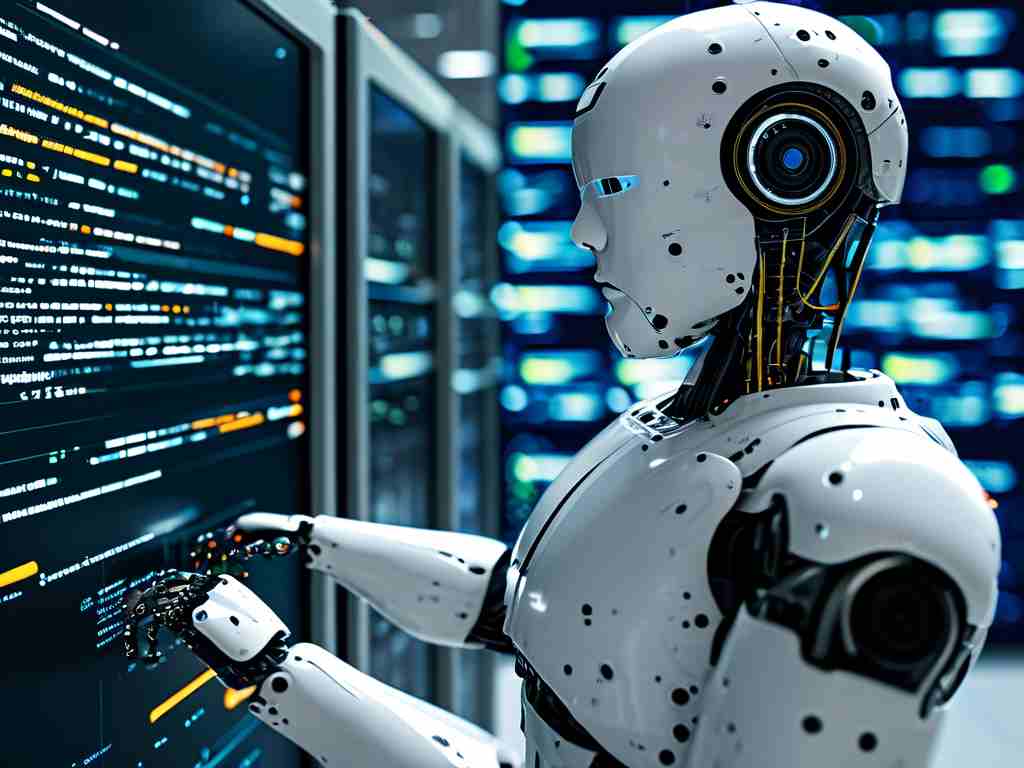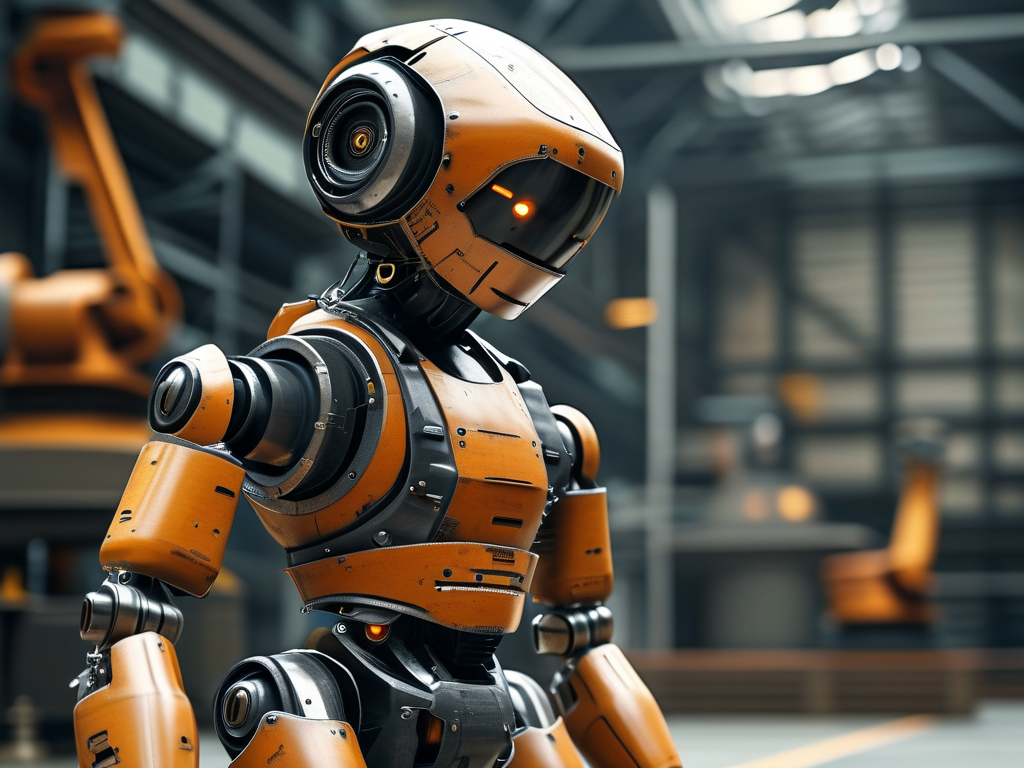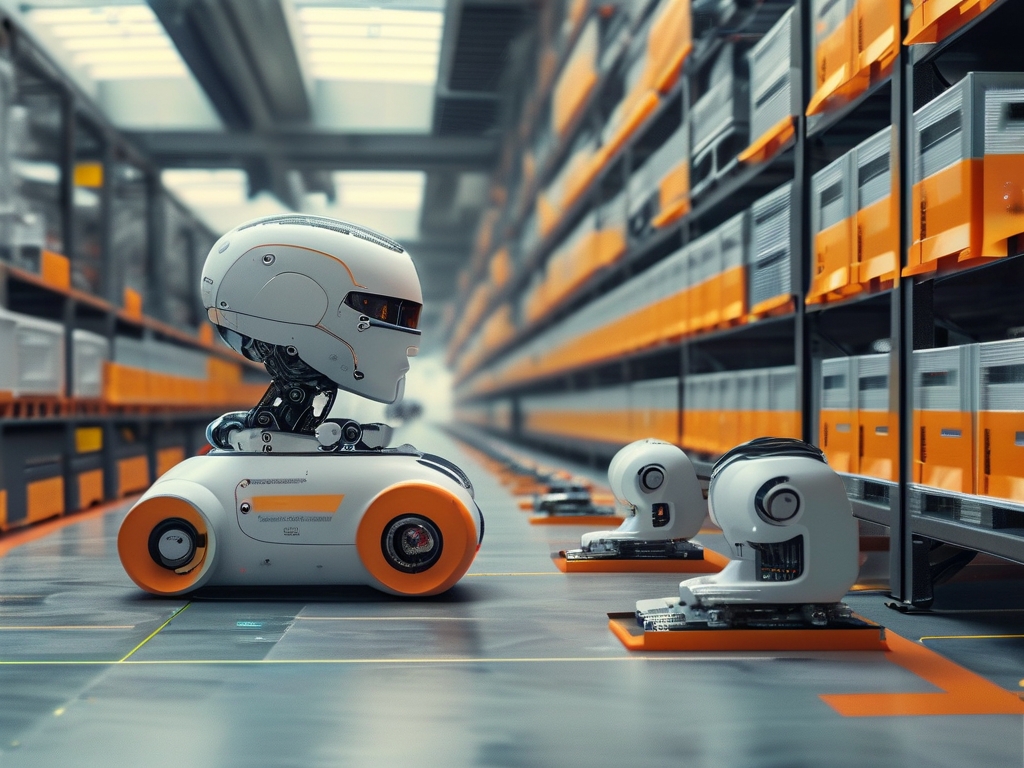The rapid advancement of robotics continues to redefine industries and daily life, driven by breakthroughs in foundational technologies. This article explores five pivotal technical domains that form the backbone of modern robotic systems, revealing how their synergy creates intelligent machines capable of complex operations.
1. Perception Systems: The Sensory Foundation
Modern robots employ multi-modal perception frameworks combining lidar, radar, and advanced vision processors. Unlike traditional systems relying on single sensors, contemporary solutions integrate millimeter-wave radar with thermal imaging to enable operation in visually obscured environments. For instance, disaster-response robots now utilize sub-terahertz wave detection to identify life signs through rubble, demonstrating 94% accuracy in field tests according to 2023 Robotics Journal data.
2. Motion Control Architectures
Next-generation actuators now incorporate self-regulating hydraulic-electric hybrid mechanisms. A notable innovation involves shape-memory alloy joints that adjust stiffness based on load requirements, reducing energy consumption by 40% compared to conventional servo motors. This technology proves particularly valuable in exoskeleton robots, where adaptive motion control enables natural human-robot coordination.
3. Cognitive Processing Engines
The shift from rule-based algorithms to neuro-symbolic AI represents a quantum leap in robotic decision-making. Hybrid architectures now combine deep learning with knowledge graphs, allowing robots like warehouse logistics systems to dynamically optimize inventory routes while accounting for variables like equipment maintenance schedules and staff availability.
4. Human-Robot Interface Evolution
Breakthroughs in neural interface technology are redefining control paradigms. Recent prototypes demonstrate non-invasive brainwave interpretation systems achieving 85% command recognition accuracy without physical contact. This development opens possibilities for disabled users to operate assistive robots through concentrated thought patterns.

5. Energy and Sustainability Innovations
Self-regenerative power systems using ambient energy harvesting mark a critical advancement. Experimental models now integrate photovoltaic skin with kinetic energy recovery, enabling continuous operation without traditional charging. Solar-powered agricultural robots in Australia have demonstrated 72-hour autonomous operation cycles, showcasing practical implementation of these technologies.
Industry experts emphasize the growing importance of cross-domain integration. "The true revolution lies not in isolated technologies, but in their orchestrated implementation," notes Dr. Hannah Zhou, lead researcher at MIT's Robotics Lab. This convergence becomes evident in surgical robots that combine haptic feedback with machine vision, achieving sub-millimeter precision in minimally invasive procedures.
Despite remarkable progress, challenges persist. Battery density limitations continue to constrain mobile robots, while ethical debates surround autonomous decision-making in critical scenarios. The 2024 Munich Robotics Symposium highlighted these issues, proposing new standards for explainable AI in safety-critical applications.
Looking forward, quantum computing integration and bio-hybrid systems appear poised to drive the next technological frontier. Early-stage research in DNA-based computation units suggests potential for organic-inorganic robotic hybrids within the next decade. As these technologies mature, they promise to create machines that seamlessly integrate into human environments while demonstrating unprecedented adaptability.
The robotics revolution ultimately hinges on balanced innovation – pushing technical boundaries while addressing societal implications. Through continuous refinement of these core technologies, engineers are crafting intelligent systems that extend human capabilities rather than simply replacing them. This human-centric approach ensures robotics will remain a transformative force across healthcare, manufacturing, and environmental sectors.









